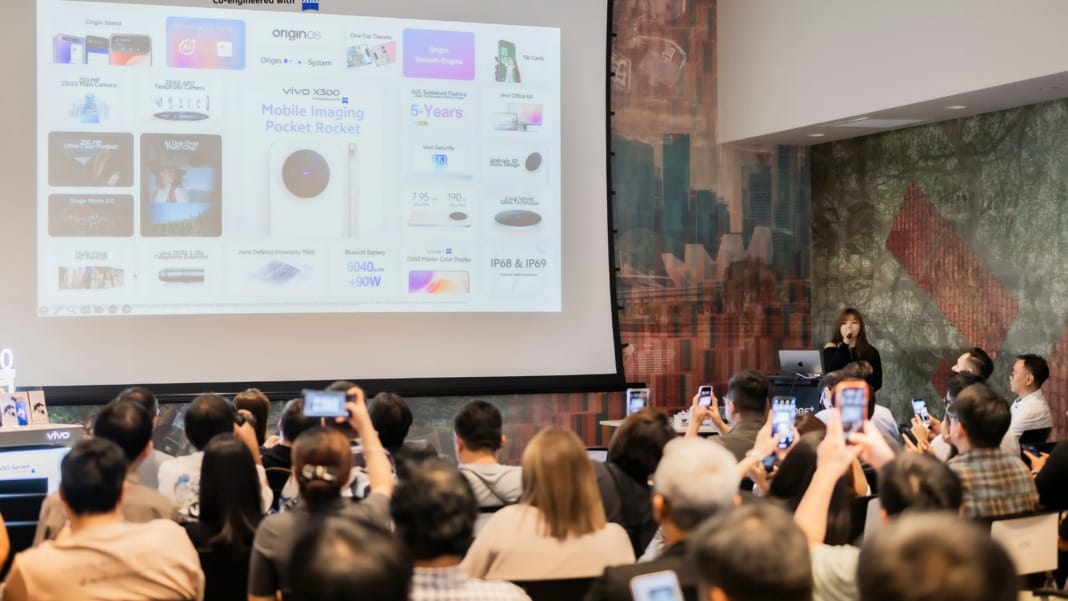Mizuho Bank has adopted the Boomi Enterprise Platform to speed up its transition to ISO 20022 and simplify payments infrastructure across Asia Pacific. The move supports seamless customer onboarding, easier payment processing, and the ability to scale as regulatory demands evolve. It also allows the bank to shield clients from the operational challenges often associated with major industry changes.
Mizuho Bank is part of Mizuho Financial Group, a global financial institution with extensive corporate, retail, and investment banking operations. As banks shift from SWIFT MT messaging to ISO 20022, the organisation saw an opportunity to do more than meet compliance requirements. It aimed to improve customer experience by reducing friction linked to the transition.
Andy Nam, Regional CIO at Mizuho Bank, said the bank approached the change with the goal of protecting its corporate clients. “We knew the ISO 20022 transition had the potential to disrupt our clients’ day-to-day operations. Instead of pushing that complexity onto them, we decided to own it,” he said. “This project allows our clients to continue using their familiar file formats while we handle the conversion invisibly in the background. That kind of simplicity requires serious backend sophistication.”
Unified tools for legacy and modern formats
To avoid placing technical pressure on clients, the bank built a self-service portal designed to handle any file format. The system abstracts away the complexity of translation and validation, allowing customers to continue using both legacy structures and the newer ISO 20022 standards without needing to update their own systems.
Before rolling out the new setup, Mizuho managed various file conversion tools across different Asia Pacific branches. This fragmentation made onboarding difficult and slowed expansion. With Boomi’s platform, the bank has consolidated these tools into a single web-based interface. Clients can now upload or manually input payment instructions, while the low-code environment automates conversion, validation, and secure delivery.
This consolidation has reduced manual work and helped lower operational costs. It has also shortened the onboarding timeline from months to weeks, making it easier for the bank to support new clients and speed up acquisition efforts. The system is already in use across several key markets in Asia Pacific and is now being extended across the wider regional network.
Building a foundation for future growth
Nam noted that the speed of deployment was an important milestone, but the broader value lies in long-term scalability. “Getting the project live in a rapid timeframe was a big win, but the real achievement is what it has enabled,” he said. “We’ve built a scalable foundation that not only meets current compliance needs but also adapts to the next wave of digital banking transformation.”
Mizuho views the project as a model for how digital infrastructure can improve agility and customer experience, even as regulations continue to evolve. The bank plans to expand its digital capabilities to support a wider range of corporate clients across the region.
David Irecki, Chief Technology Officer for Asia Pacific and Japan at Boomi, said the bank’s approach reflects a balanced strategy for modernising payments. “Payments modernisation doesn’t happen in a vacuum, it requires orchestrating old and new systems in a way that doesn’t disrupt mission-critical services,” he said. “Mizuho Bank’s approach blends compliance with client-centricity. By embedding ISO 20022 into a flexible integration strategy, they’ve future-proofed their operations and unlocked new ways to innovate at scale.”





